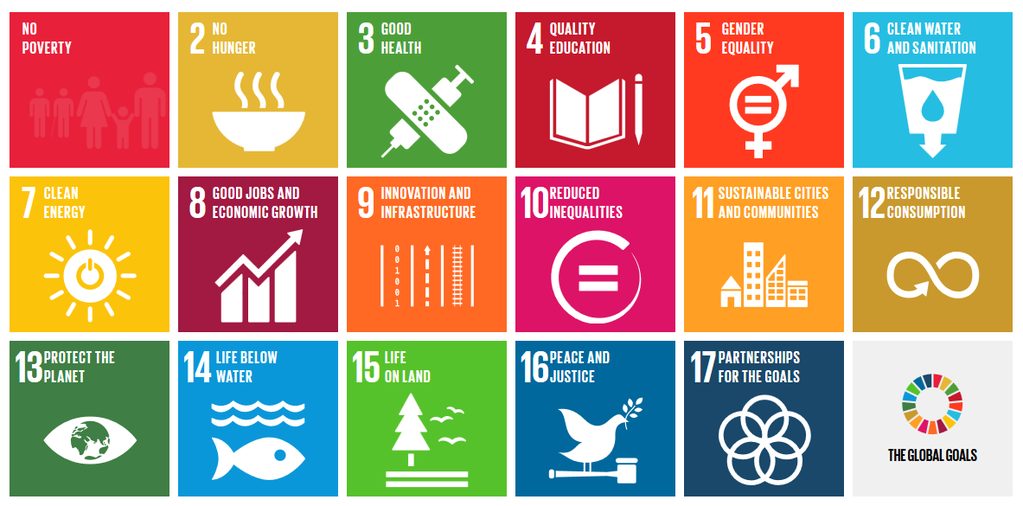Editor’s note: This post is part of a weekly, year-long series called the Nourishing Effect. It explores how hunger affects health through the lens of the 2016 Hunger Report. The report is an annual publication of Bread for the World Institute.
By Cynthia Woodside
Our 2016 Hunger Report, The Nourishing Effect: Ending Hunger, Improving Health, Reducing Inequality, clearly showed the devastating impact of food insecurity on the health of individuals and the economic health of the country. The report documents the high rates of obesity, diabetes, depression, and other medical conditions among children and adults who are food insecure — and the resulting additional $160 billion in unnecessary health-related expenditures each year.
Until recently, the impact of hunger on health and the U.S. economy was not widely discussed. There is more research available now, and the connections, between hunger and health, and between health and the economy, are further amplified by the Sustainable Development Goals (SDGs). The SDGs address a range of social, economic, and environmental issues that are comprehensive, interconnected, and indivisible. Together, the 17 goals represent a plan of action for governments and civil society, in partnership, to create a world where everyone can fulfill their potential in a peaceful, healthy environment. The goals were endorsed by the United States and 192 other countries last September and took effect on January 1, 2016. Countries have until 2030 to achieve them.
Bread for the World and its partners in the SDGs in the US Working Group recently sent a letter to President Obama, commending him for his leadership on committing the United States to achieving the SDGs and urging him, before he leaves office, to build the foundation required for successful implementation of the goals. The work on connecting the dots has begun, but when the next president takes the oath of office in January 2017, we will have fewer than 14 years to go. To have a better world by 2030, one in which no one is left behind, we need to take bold and transformative steps now.
One of the strengths of the SDG approach is its emphasis on how the goals are interconnected. Success on one goal can have a positive impact on another goal — just as lack of progress on one goal can result in failure to reach another. Goal 2, to end hunger, achieve food security and improved nutrition, and promote sustainable agriculture, is clearly connected to Goal 4, to ensure healthy lives and promote well-being for all at all ages.
One of Goal 2’s targets includes ensuring access by all people, in particular people living with poverty and people in other vulnerable situations, to safe, nutritious, and sufficient food all year round. If that target were met, it would be more likely that the United States would meet one of Goal 4’s targets, to reduce by one-third premature mortality from non-communicable diseases through prevention and treatment and to promote mental health and well-being.
Likewise, both the hunger and health targets would get a boost if the United States met one of the targets in Goal 8 (to create decent work and economic growth) that calls for full and productive employment and decent work for all women and men, and equal pay for work of equal value.
The SDGs put people, planet, and prosperity front and center. They remind us that success will be achieved only if we all work together on addressing issues comprehensively. And that we are in this together. To survive and thrive, each of us needs access to clean air and clean water, safe communities, education, jobs, nutritious food, and health care.
Cynthia Woodside is senior domestic policy analyst at Bread for the World Institute.



